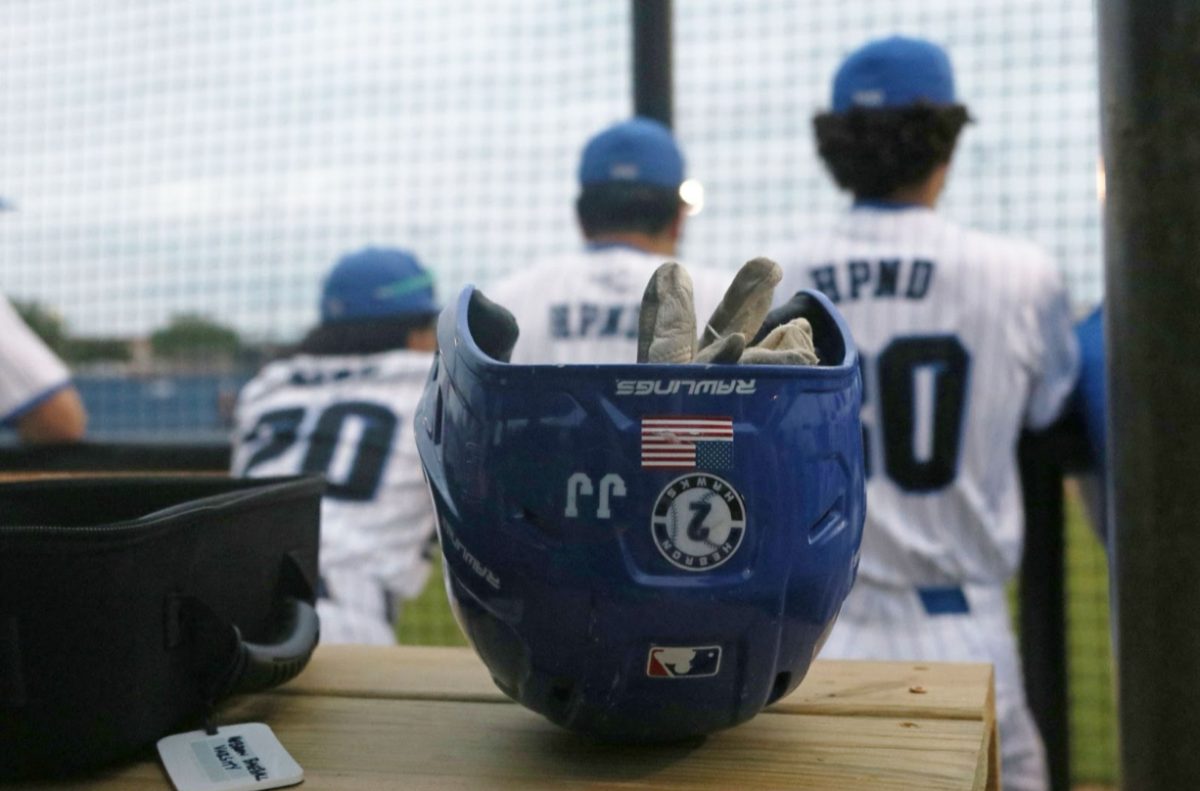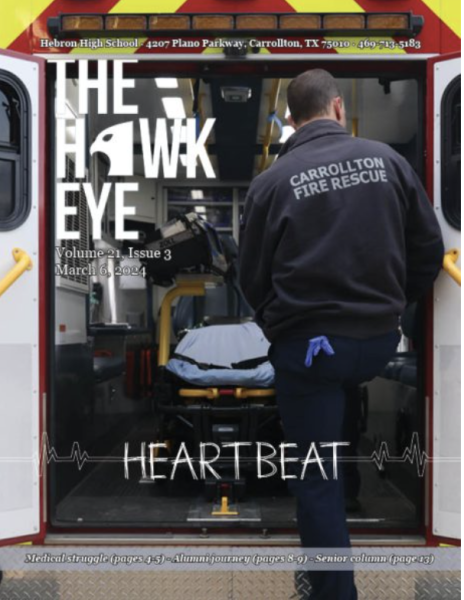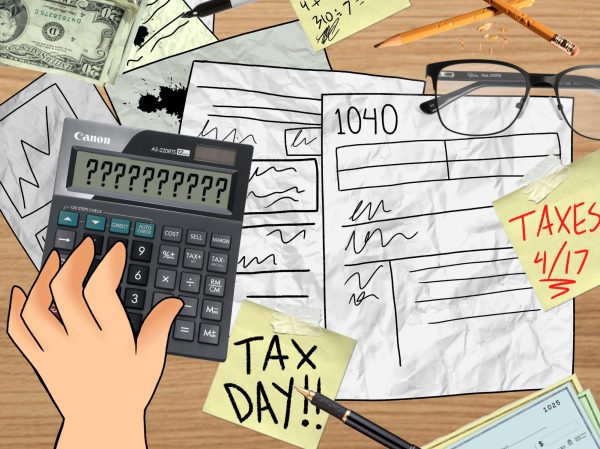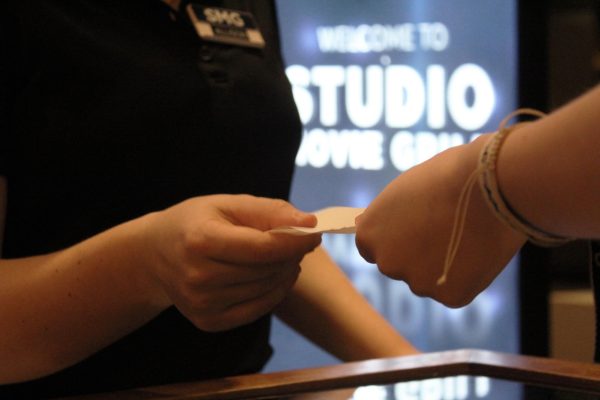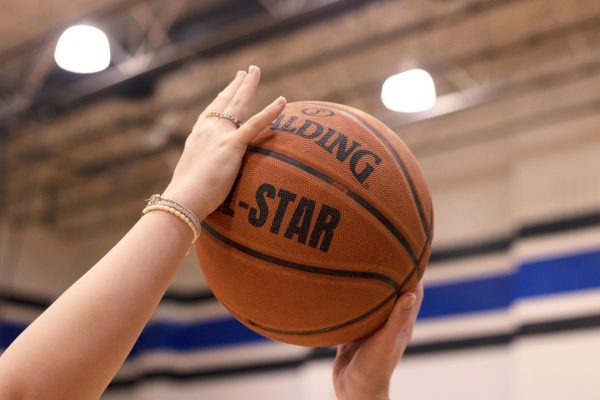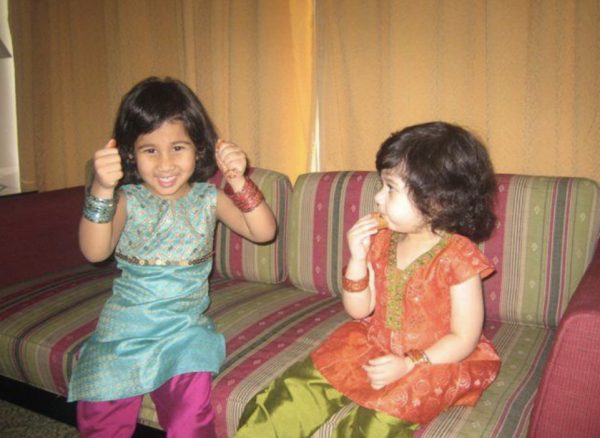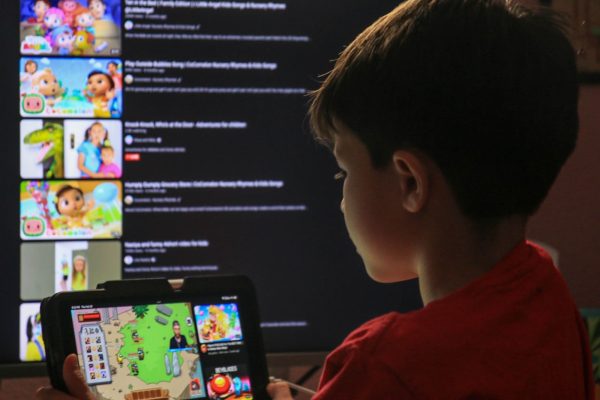Off ‘Pointe’: Dance curriculum lacks necessary consideration
April 19, 2013
In our generation, people are using the arts as a creative outlet and to express themselves. This artistic boom has led to the rising popularity of performance shows such as Glee, The Voice, American Idol and The Sing Off. Dance shows have also received high ratings, including So You Think You Can Dance, America’s Best Dance Crew and Dancing with the Stars. While the school does offer a dance course, it doesn’t allot the same spotlight time for students to perform as it does for Silver Wings.
I have been dancing since I was three years old. At first I did ballet and gymnastics, and then I started lyrical and contemporary. Dance has always been important to me because of the freedom that comes with it. When dancing, there are certain moves and steps that I have to follow, but I get the opportunity to make the dance my own. When I got to high school, I was looking forward to joining the dance program but found myself disappointed when I learned it was not a PE credit or even a performing class.
Four years ago, the state changed dance to a fine arts credit to ensure that PE teachers wouldn’t lose their jobs due to the dropping number of PE students enrolled. Despite the decrease, there is no shortage of students trying to get into the dance class.
Most students that are dancers and looking for a PE credit are encouraged to take external PE, which means that students either leave early or arrive late so they can participate in a sport not offered at the school. External PE may seem like a great idea, but parents and students have to factor in the cost. In order to take external PE, parents have to pay a fee to the school, pay a fee to the studio or instructor and possibly buy costumes, uniforms, shoes and anything else the instructor may require the dancers to have for class.
Another issue is the time and energy that must be devoted. External PE requires a minimum of either five hours and three classes a week, or 15 hours and five classes a week. That’s a lot of time, not to mention the fact that students who can’t drive need transportation to and from class. All of these complications cause me to wonder why dance doesn’t count as a PE credit.
Then again, there is always the option for dancers to join the drill team. For those wanting to do college dance, joining Silver Wings is a great idea. However, there are dancers from all different styles, and drill team may not appeal to them. If a dancer is in training outside of school, their instructor may not want them being taught by someone else, which would make joining Silver Wings a complicated matter.
Every year, many students interested in taking Dance I are waitlisted, which shows that there are students still wanting to take PE classes. Yes, this is a great class for beginner dancers just looking for nine weeks of basics and a simple yet fun way to get in shape. Others, though, would benefit much more from a dance course where they could actually perform the dances they learn. While I’m sure they teach great routines, it would be nice if we could actually see them.
As both a dancer and someone who appreciates the arts, I would love to see an expansion of our dance program that gives dance the credit it deserves, or maybe a longer dance class introduced, that actually counts as a PE credit. Without a dance class that gives students PE credit, dancers are forced to choose between external PE, Silver Wings or finding something else to do for credit. A PE credit dance class would be beneficial to both students and parents, and would give dancers an opportunity to further their training without having to waste time in PE classes or sports they aren’t interested in.



